To hold hands across borders and resist as one
Written by Ethan Calof. Photos by Chorong Kim.
On our second to last day of our field school, we sat in a circle at Camp des Milles, a former Second World War internment camp. Our prompt wasn’t much of a prompt. Share what you’re feeling. Share your thoughts. Reflect on, well, everything.
And after nearly two weeks, three countries and countless sessions spent in the intellectual wringer, our emotions poured out. We shared our hopes. Our fears. Our anxieties. Our rage. Our humanity.
Heading into the EU Graduate Summer Field School, which started in Budapest on July 16th and continued through Berlin, Ravensbruck and Aix-en-Provence, I knew that it would be both enriching and terrifying.
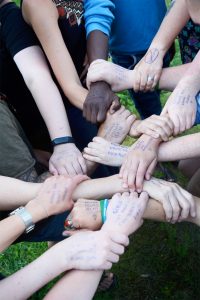
What began between two friends spread throughout the entire group, bringing us together.
The ability to meet and travel with students going to school in four countries (Canada, France, Germany, and Hungary) was always going to be an irreplaceable experience.
We all came from diverse backgrounds. Some were musicians, others historians, still others law students. I’m from the Germanic and Slavic Studies Department at UVic, as is Dr. Charlotte Schallié, our fearless leader.
You don’t get an interdisciplinary group like that together every day, and I was so excited at the possibilities that I was set to burst. I liked to think of it as a harmonious clash of a billion and one viewpoints.
That said, it was easy to predict that the course would push us to our emotional breaking point. From (near) dawn to (near) dusk, we read and discussed xenophobia, hate, its causes and effects, its history, its future, and everything else in between.
We would spend three days staying at a former concentration camp, Ravensbrück, walking in the steps of the prisoners who had suffered there over 70 years before and sleeping in the rooms of the guards who had tormented them. Tears would be shed, and many of them would be mine.
It seemed impossible that the trip would surpass my already sky-high expectations, and yet, it did. It became completely unimportant where we differed, and it became completely essential how much we all had in common.
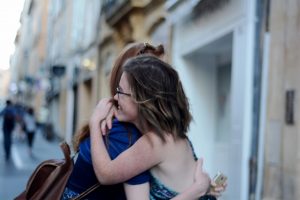
The sites we visited often left us emotionally challenged. We were lucky to have a group who was so supportive and encouraging.
We bonded instantly, swapping perspectives by day and bread and cheese by night. One night, we were crammed into tiny coaches on a train from Budapest to Berlin. Rather than suffer in the lack of space, we played music, told stories, explained life philosophies, and gained an immense appreciation for each other. We went from colleagues to friends to brothers and sisters, united against the menaces and hatred facing the world today.
When it came time to sit in a circle and share our experiences, we had been through Ravensbrück. We had been through Camp des Milles. We had been on the train. We had seen Viktor Orban’s anti-Semitic and anti-refugee propaganda in Budapest. We had seen Berlin through the eyes of a refugee.
We had done all this together, as one global family. Saying that love is the antidote to hate is a bit of a cliche, but if this experience taught me one thing, it was that the best way to resist is to hold hands across borders and resist as one.
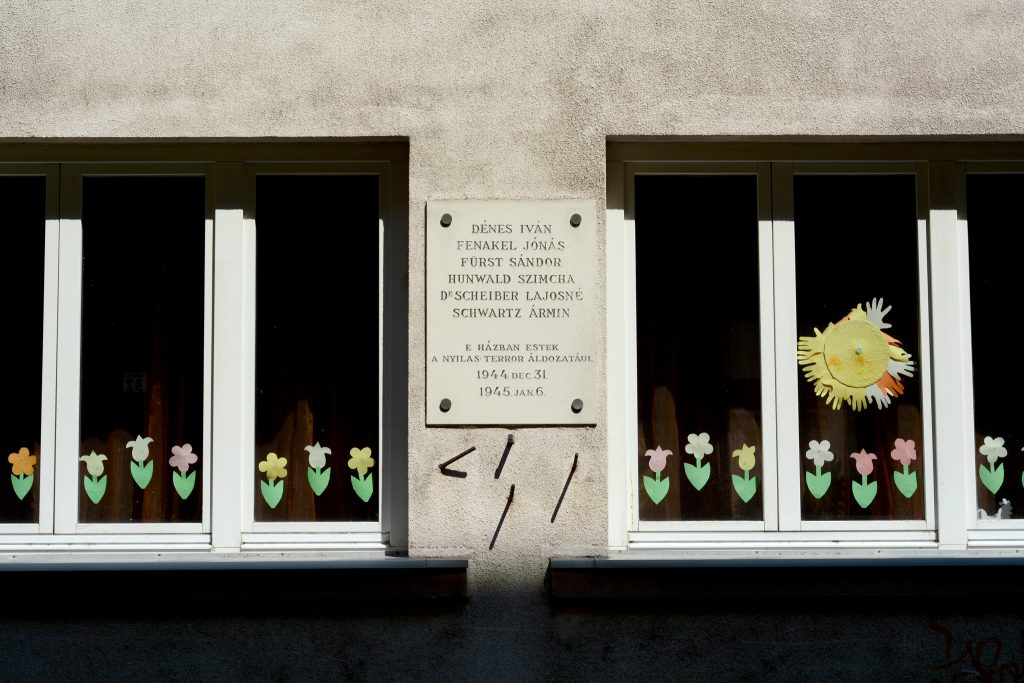
Carl Lutz, a Swiss diplomat who was stationed in wartime Budapest, used this building as an issuing agency of protective documents and a safe-house for the Jews in Hungary. His courage and dedication spared 62,000 Jews from deportation.
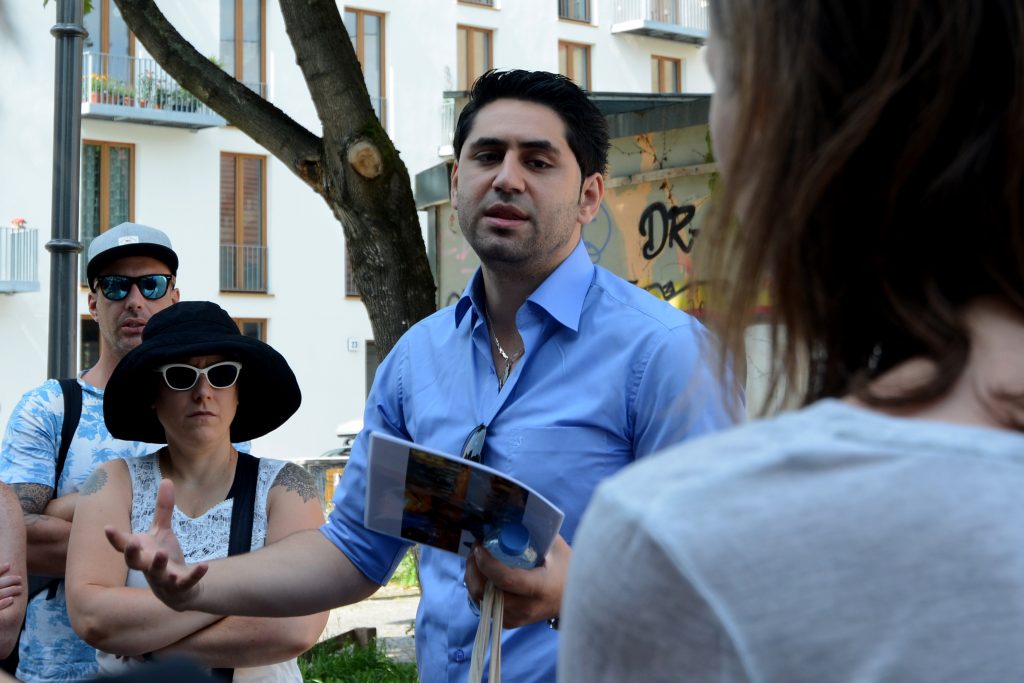
Upon arriving in Berlin, we met a refugee named Mahmoud Kaddoura, who led us for an alternative tour of Neukölln. He made us look through the eyes of a refugee, by his storytelling and letting us spot specific areas, shops, and services that have been utilized by newly arrived refugees.
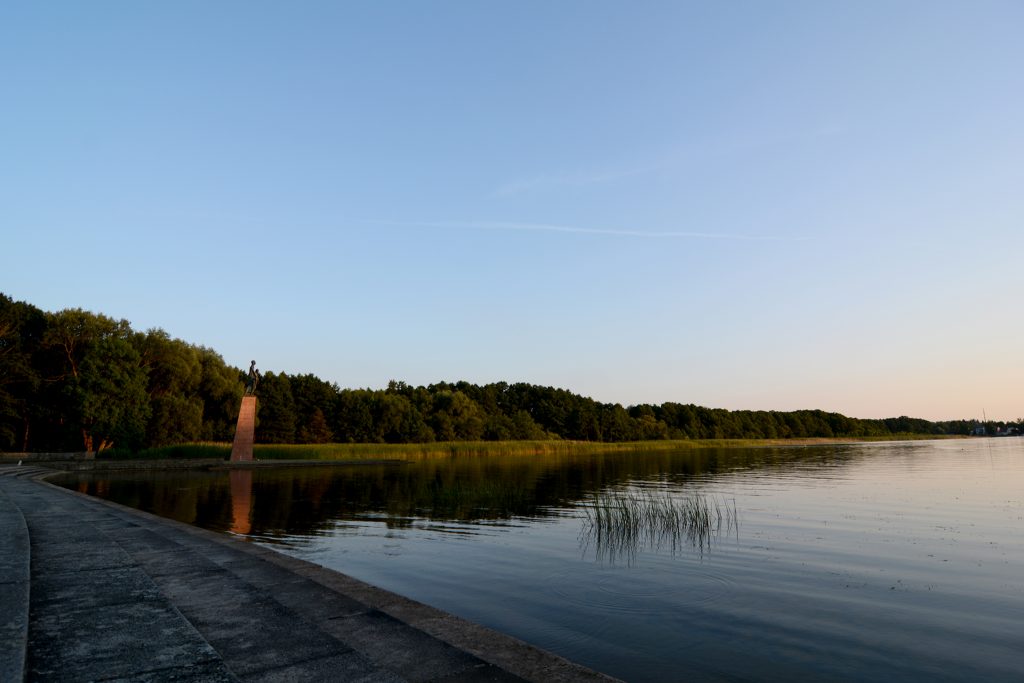
The largest concentration camp for women, a trace of a gendered war. Had a mare in the night. The war may be not over not just in conscious memory but also in unconscious dream.

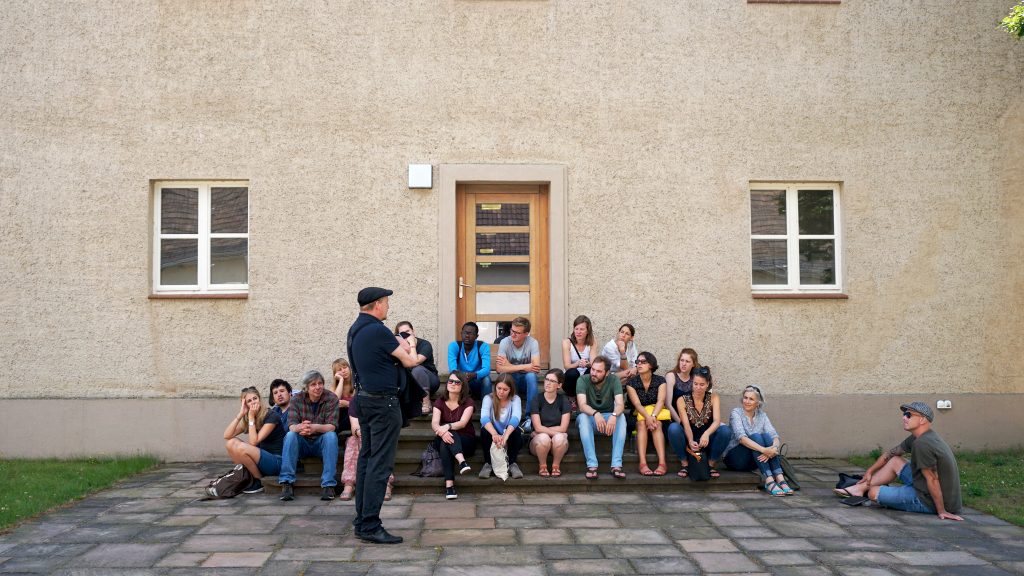
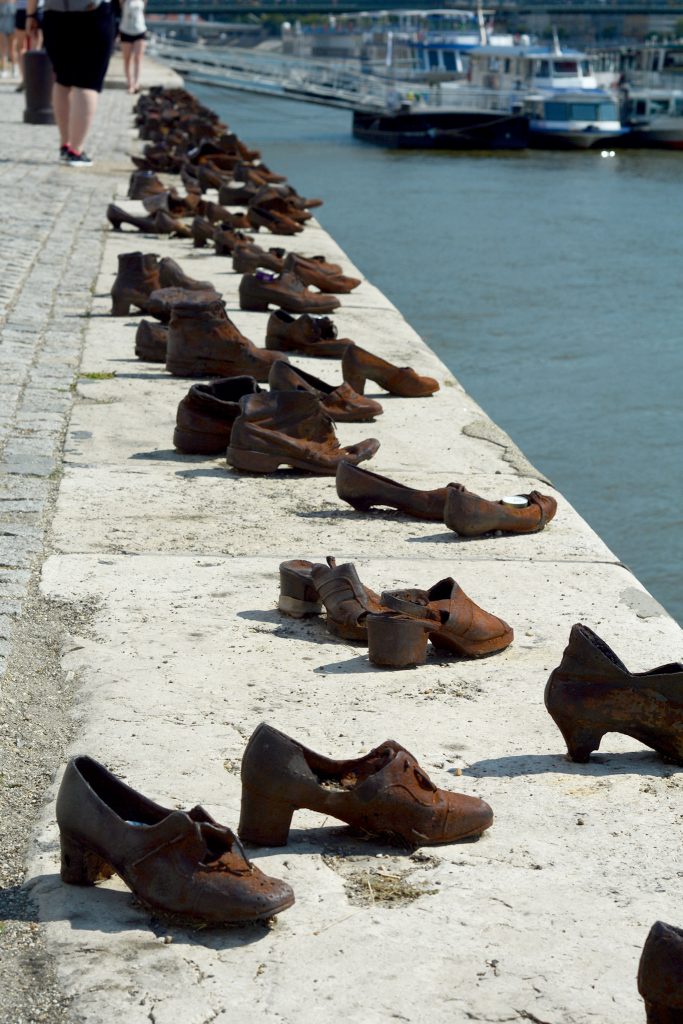
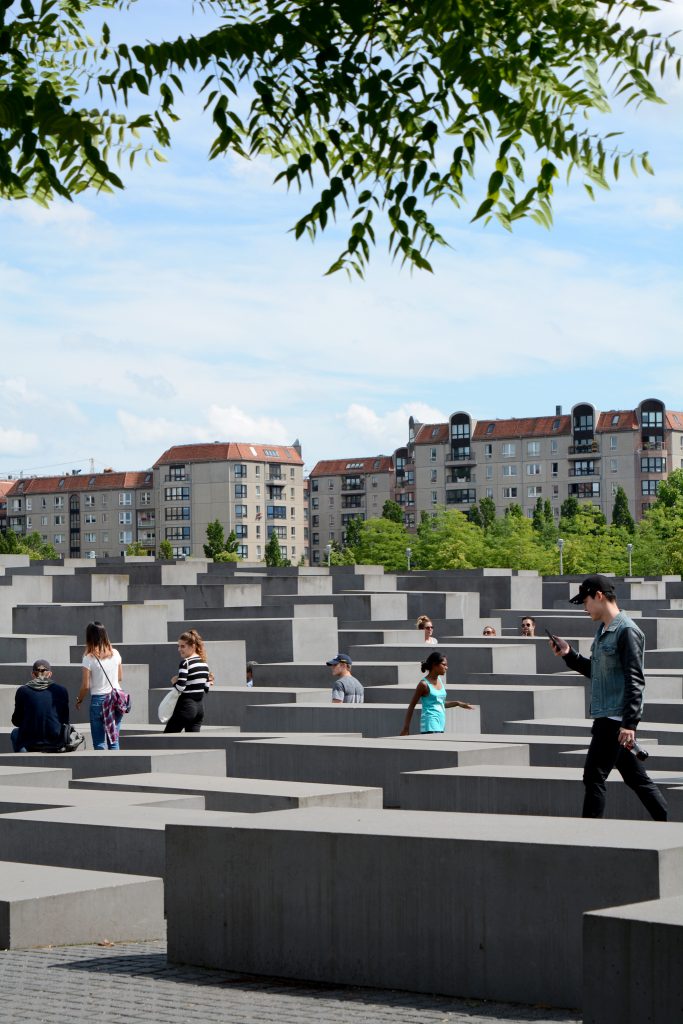
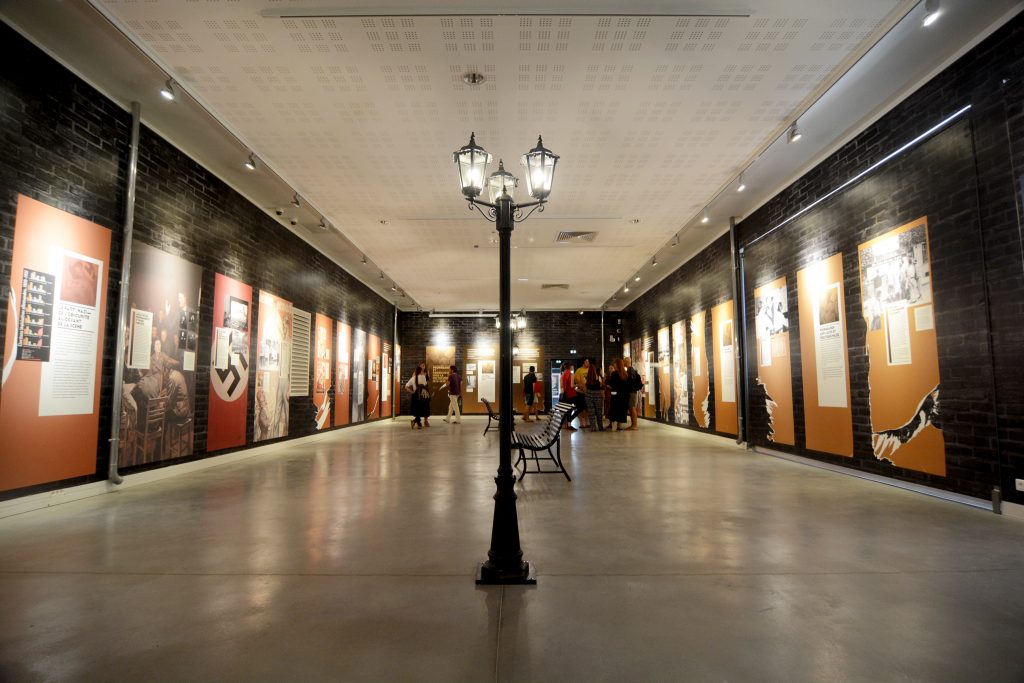
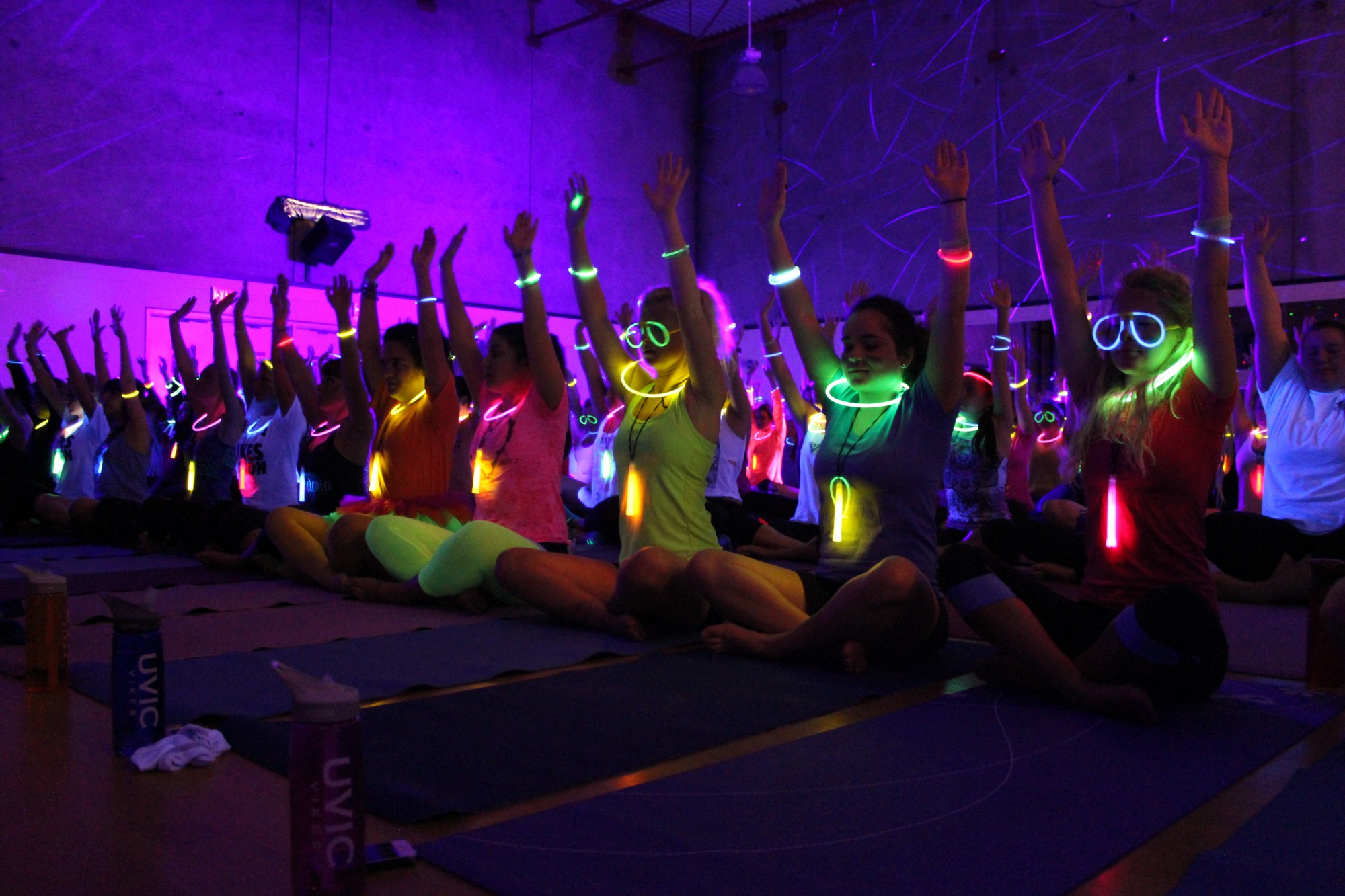


Written by Ethan Calof, Photos by Chorong Kim, – both are our extraordinary grad students. Extremely powerful words and images. We are very proud of you, Ethan and Chorong.